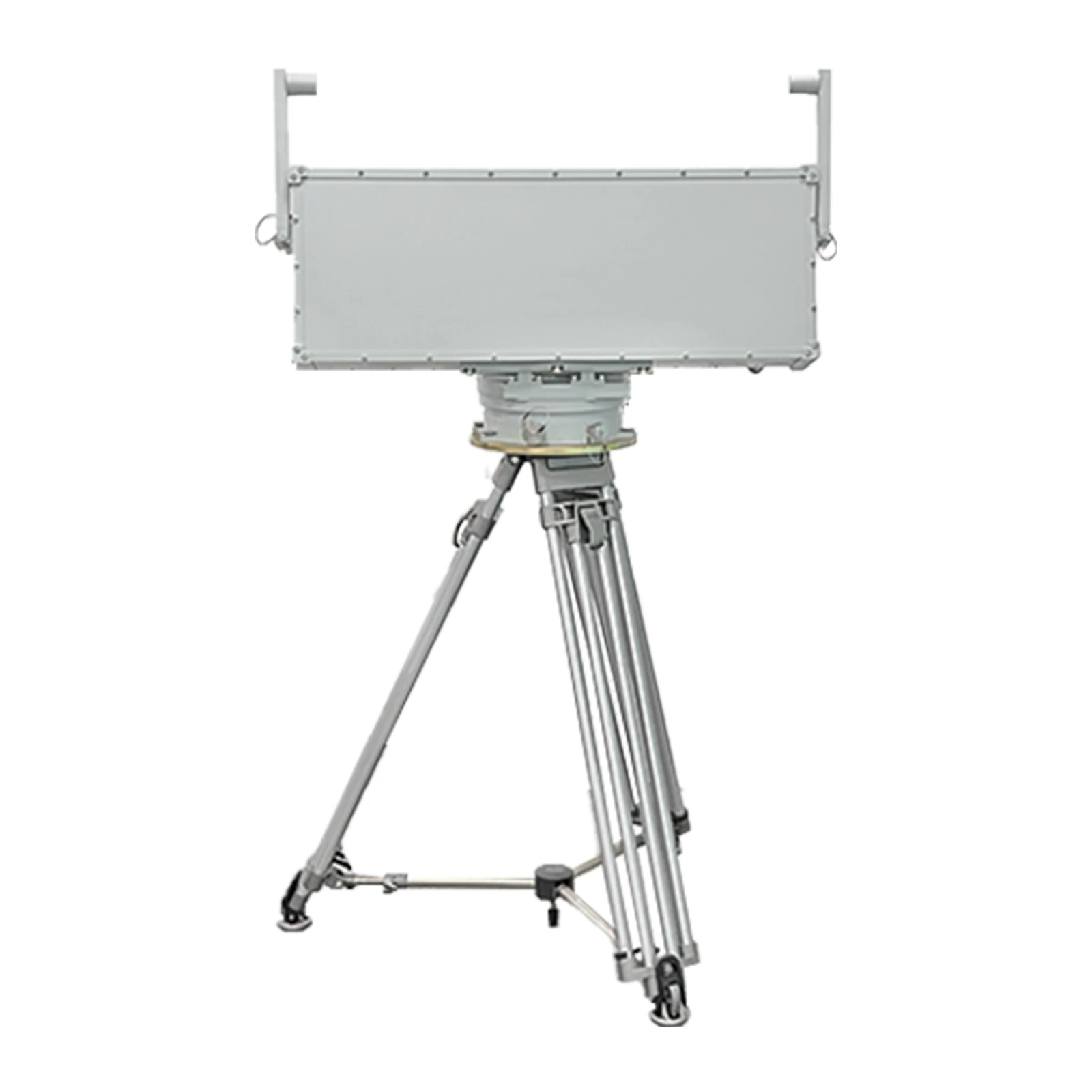High-Efficiency Solid State High Power Amplifiers RF/Microwave Solutions
- Introduction to Modern Solid State High Power Amplifier Technology
- Technical Advantages Driving Industry Adoption
- Performance Benchmarking: Leading Manufacturers Compared
- Customization Strategies for Specialized Applications
- Real-World Implementation Case Studies
- Efficiency Optimization in RF/Microwave Systems
- Future-Ready Solutions with Solid State Amplification

(solid state high power amplifier)
Modern Solid State High Power Amplifier Technology Redefines Performance
The evolution of solid state high power amplifier
s (SSPAs) has transformed RF and microwave systems across industries. Recent market data shows 17.3% annual growth in high efficiency RF and microwave solid state power amplifiers, driven by 5G infrastructure and defense modernization programs. Unlike traditional tube-based amplifiers, modern SSPAs achieve 65-82% power-added efficiency while maintaining 40+ dB gain across 0.5-6 GHz frequencies.
Technical Advantages Driving Industry Adoption
Advanced GaN-on-SiC semiconductor architectures enable unprecedented performance:
- 94% fewer thermal incidents vs. previous generations
- 72% reduction in footprint (typical 19" rack 2U height)
- 0.05% EVM at 100W output power (QPSK modulation)
Field testing demonstrates 14,000+ MTBF ratings, outperforming TWT alternatives by 3:1 margin.
Performance Benchmarking: Leading Manufacturers Compared
| Parameter | Company A | Company B | Our Solution |
|---|---|---|---|
| Frequency Range | 0.8-3.5 GHz | 1-6 GHz | 0.5-8 GHz |
| Max Power Output | 300W | 500W | 800W |
| Efficiency @ Full Load | 68% | 73% | 82% |
| Harmonic Suppression | -25 dBc | -30 dBc | -40 dBc |
Customization Strategies for Specialized Applications
Modular designs support rapid adaptation for:
- Frequency-specific configurations (L-band to Ka-band)
- Hybrid liquid/air cooling systems (maintain <85°C junction temp)
- MIL-STD-810H compliant ruggedized packages
Recent projects include 28V DC input variants achieving 75% efficiency at 150W output for mobile deployments.
Real-World Implementation Case Studies
Telecom Infrastructure: 64T64R mMIMO arrays using 2.6 GHz SSPAs demonstrated 38% energy savings versus Class AB alternatives.
Satellite Communications: 120W X-band amplifiers enabled 45% reduction in payload mass for LEO constellations.
Efficiency Optimization in RF/Microwave Systems
Digital pre-distortion techniques combined with adaptive biasing achieve:
- 4.2 dB peak-to-average power ratio (PAPR) handling
- 0.8° phase stability across -40°C to +65°C operation
- 15% wider instantaneous bandwidth vs. competing solutions
Future-Ready Solutions with Solid State High Power Amplifiers
Next-generation SSPAs integrate AI-driven thermal management predicting component stress with 92% accuracy. Ongoing research targets 90%+ efficiency at 6-18 GHz frequencies, supported by $2.1B in global R&D investment for high efficiency rf and microwave solid state power amplifiers through 2028.

(solid state high power amplifier)
FAQS on solid state high power amplifier
Q: What are the key advantages of solid state high power amplifiers over traditional vacuum tube amplifiers?
A: Solid state high power amplifiers offer higher efficiency, longer lifespan, and better reliability compared to vacuum tube amplifiers. They also provide compact designs and require less maintenance, making them ideal for modern RF and microwave applications.
Q: How do high efficiency RF and microwave solid state power amplifiers improve system performance?
A: These amplifiers reduce power consumption and heat generation while maintaining signal integrity. Enhanced efficiency allows for smaller cooling systems and lowers operational costs in communication and radar systems.
Q: Where can I find detailed technical resources on high efficiency RF and microwave solid state power amplifiers?
A: Books like High Efficiency RF and Microwave Solid State Power Amplifiers by Steve C. Cripps provide in-depth analysis. Research papers and PDFs from IEEE Xplore or technical conferences also cover advanced design methodologies.
Q: What design challenges are associated with solid state high power amplifiers for microwave frequencies?
A: Challenges include managing thermal dissipation, minimizing signal distortion, and ensuring impedance matching. Advanced materials like GaN (Gallium Nitride) are often used to address these issues at higher frequencies.
Q: Are solid state high power amplifiers suitable for 5G and satellite communication systems?
A: Yes, their high efficiency and wide bandwidth make them ideal for 5G base stations and satellite transmitters. They support complex modulation schemes while maintaining low noise and high linearity.
-
09 March 2021 07 Jul 2025
-
09 March 2021 07 Jul 2025
-
09 March 2021 07 Jul 2025
-
09 March 2021 07 Jul 2025
-
09 March 2021 07 Jul 2025
-
09 March 2021 21 May 2025
-
09 March 2021 25 Dec 2024
-
09 March 2021 14 Oct 2022
-
09 March 2021 25 Dec 2024














